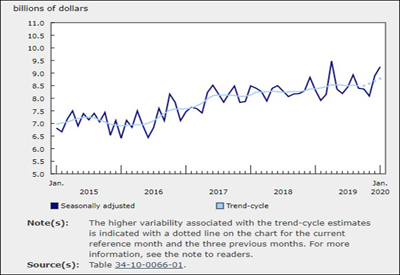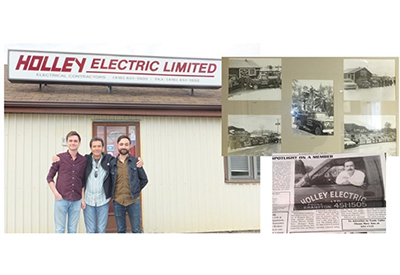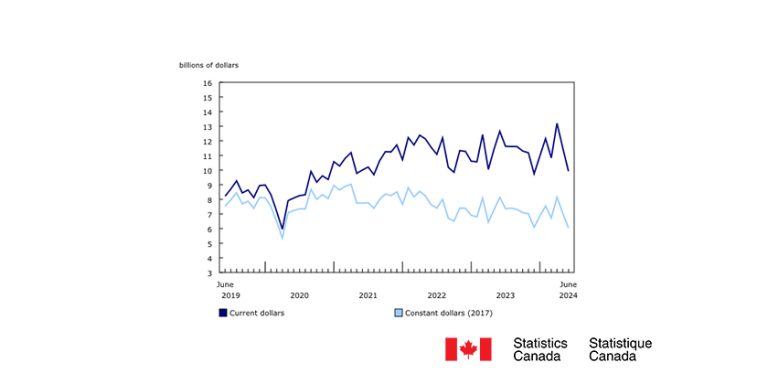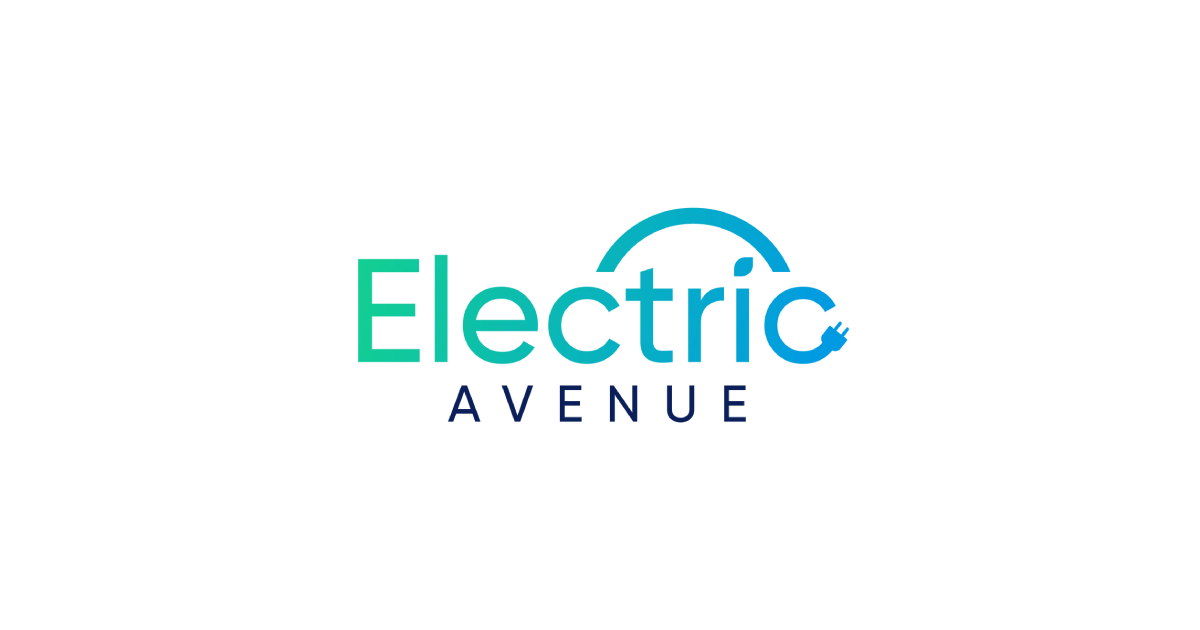Sense: Looking at how Energy Management and Visibility is the Next Step in Evolution of the Connected Homes
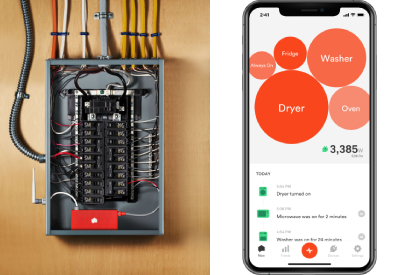
June 13, 2021
By Blake Marchand
Sense was founded by three partners, Chris Micali, Ryan Houlette and Michael Phillips, with backgrounds in speech recognition. Their product (Sense and Sense Solar) is an energy monitoring device that is installed at the electrical panel to provide visibility into a house’s energy consumption. Similar to speech recognition, Sense’s software collects data from electrical current up to a million times per second to develop a signature for each device and appliance consuming electricity. Using single processing machine learning, Sense shows what is on and off in real time and how much energy is being used by each device/appliance, which can be viewed through its app.
When founding Sense, it was important to Micali, Houlette, and Phillips to contribute to the fight against climate change. “We got together and said, ‘How do we use the things that we know–machine learning, signal processing, consumer facing internet applications–and apply it towards a broader cause we care about.’ We looked at health care, we looked at education. We all care a lot about climate change, and we read a couple stats saying half of all electricity going to homes is wasted. We thought how could that be possible? And the fact is you just have no visibility into where the power’s going,” explained Micali on the impetus behind the company.
“You get a bill at the end of the month that tells you how much you use; you don’t pay attention, it’s in units you don’t understand, and you pay it. So, we saw an opportunity that if we were able to give people more visibility into their energy use, they would then be able to make better decisions and be more efficient.”
They spent a few years on R&D, digging into the data science behind it and launched a Sense beta in November 2016 and then officially in 2017.
Micali noted some of the utilities they consulted when developing the product had explored consumer facing energy consumption apps and concluded homeowners don’t care enough to engage. “We thought there were two things that could change consumer interest. One is making it real-time. If you can see what’s going on in your house right now, that makes a big difference because you can actually turn things on or off and see the change immediately in an app, and that responsiveness is much more engaging. The other thing is being able to show what’s turned on and off with device detection. People often use Sense, not just for the energy aspect, but because they’re checking to find out ‘What’s going on in my house? Did I leave the TV on? Did I leave a light on?’ That interest in what’s happening in the home drives our users to open the app 2-3 times a day.”
Micali added that, “Then you see the relative size of the bubbles showing the energy usage for each device and it gives you an idea of which device is using more power than the others – keeping energy top of mind and giving you the tools to see how much energy devices are using. With this kind of energy insight, we find that people are able to save, in some cases, up 25-30% of their energy use.”
A study of utility customers conducted by Efficiency Vermont found that, on average, people saved 8% but, says Micali, “If you’re highly engaged, the savings can be much higher.”
A few opportunities for savings include “stand-by” or what Sense calls “Always On” power draw from devices that aren’t in use, aging appliances, baseboard heaters drawing too much energy, or even space heaters, as well as devices you don’t think about. One Sense user found their sewer pump was constantly running, and another was able to detect an issue with their well pump. When it comes to those types of devices, you can set a notification to alert you when it has been running too long to avoid a potential failure.
It can also detect a floating neutral, which creates a voltage imbalance and can lead to potential shock hazard.
“Each house usually has a set of things that you don’t notice and are just there wasting power, its low hanging fruit, and its pretty hard to find those things if you don’t have some visibility and tool to help you track them down,” said Micali.
“It’s amazing how many misconceptions there are about what uses a lot of power and what doesn’t,” Micali added.
Sense will also look to integrate with other IoT/smart technologies. They currently integrate with Phillips Hue, for example. The point being to help identify devices, as well as add control within the Sense app. The big picture with that is shifting loads to off-peak pricing periods. Said Micali: “You can imagine being able to automate your EV to charge based on your solar production, or charge at night, and have that automatically managed for you. Long term that is our vision: becoming the intelligence for the home.”
“Intelligently managing the things behind the scenes set to your preferences and settings, to save as much energy as possible and let you know if there is an issue.”
And because Sense is detecting at the power signal, the monitor can detect devices that aren’t connected/smart. “You can also think of Sense as a virtual sensor network that’s able to connect non-smart devices to your smart home,” commented Micali.
They can use ‘if-this-then-that’ integration, Micali explained, “I don’t have a connected garage door, but Sense detects it, so I use if-this-then-that to set the lights to turn on when my garage door opens.” This allows devices that aren’t Wi-Fi enabled to participate in the smart home ecosystem.
An interesting aspect of this product is that beyond its main function of increasing visibility and helping people be more energy efficient, some of its uses aren’t always obvious. Sense has found end-users are interacting with the product in different ways, similar to other technologies like Siri and Alexa.
“As you explore the Sense app and it finds devices in your house, there are so many varied uses you can find so each person finds the thing for them that makes sense,” said Micali.
Sense is always actively developing the application and adding functionality that end users can explore. Micali said their goal is to make the app more autonomous so that it can provide recommendations.
Sense is an ambitious company and although they’ve developed a unique product, Micali said they still haven’t reached their potential. The technology behind Sense is complex and it requires data to optimize, which means getting the product into as many homes as possible to maximize the amount of impact they can have on helping homeowners limit their emissions.
“Our initial goal was: we want to make an impact on climate. We know that people are seeing great savings with Sense, but we need to be in nearly every home to make a climate impact, which means 100s of millions. To get to that scale, we needed another approach,” which is something they identified from the beginning of Sense, thinking that smart meters are already on the house and as compute gets faster over time (Moore’s Law) and memory gets cheaper, smart meters will probably become powerful enough to run software like Sense’s.
To that end, Sense has been working with Schneider Electric, a global energy company, as well as Landis+Gyr, a leading meter manufacturer out of Switzerland, to include Sense technology in their Revelo product line.
“It’s a fantastic partnership that leverages their strengths in hardware, their footprint, and their customer base with utilities all across the United States and the world, and then our expertise on software, machine learning, and driving savings through consumer apps.”
Looking at the U.S., Micali explained that regulatory bodies have pushed back against meter upgrades in the past based on a lack of consumer benefit, because tax dollars ultimately fund the investment. With Sense’s technology and app, the Revelo meter provides that additional benefit for consumers as well as utilities. Meaning reducing energy bills for homeowners and limiting wasted energy and demand for the utility.
Their partnership with Schneider includes Wiser Energy, a home energy monitor that features the Sense technology, as well as Schneider’s recently announced Square D Energy Center connected panel that includes Sense technology and the Sense app.
One of the issues the Square D Energy Center addresses, according to Micali, is how to have an energy solution in your home that’s easy to install and use. For instance, right now, if you have solar, you have a number of separate devices attached to your garage or house wall to control your energy and get power into your house.
And to see a whole picture of your home energy, you might need an app for solar production, another one for a backup generator if you have issues with power interruptions, another one to control your smart lighting, and maybe another from your utility to manage Time of Use rate changes.
The Square D Energy Center combines solar inverter, energy monitoring and electrical protection in a single product, which Micali views as a giant leap forward for electrical panels. Sense has been working closely with Schneider Electric over the past year to integrate the Sense technology into Energy Center so you can use the Sense app to get a complete view of your home’s energy, down to the individual appliances and gadgets in the home.
As we collectively move toward increased electrification, renewable energy, electric vehicles, etc., the residential sector will need to interact with the grid in a more dynamic way. We asked Micali if he thought products like Schneider’s Energy Center would make its way into building/energy codes moving forward: “Managing the grid is going to be more challenging over time as extreme weather events are increasing, more people are getting renewables, solar, batteries on their houses, electric cars; demand will go up as things are being electrified. But with generation on the grid, it gets more complicated. Having devices in the home, panels and things like cars being able to participate in grid events, react to pricing, react to high demand prices; means this kind of connectivity is going to be required.”
With those integrations into Revelo and Schneider’s Square D Energy Centre, Sense has an avenue to get the technology in as many homes as possible. The technology is still new and, particularly with connected breaker panels, still needs to come down in cost before it can be reasonably expected to be adopted on a wide scale. However, this is where the industry is heading.
It’s not there yet but Canada is moving towards net-zero, there are programs that provide tax breaks to builders that hit energy efficiency standards and the federal government has made net-zero building codes a priority, aiming to be net-zero ready by 2030. Technologies like Sense, coupled with the industry clout of manufacturers like Landis+Gyr and Schneider, will be instrumental in facilitating that progression.



